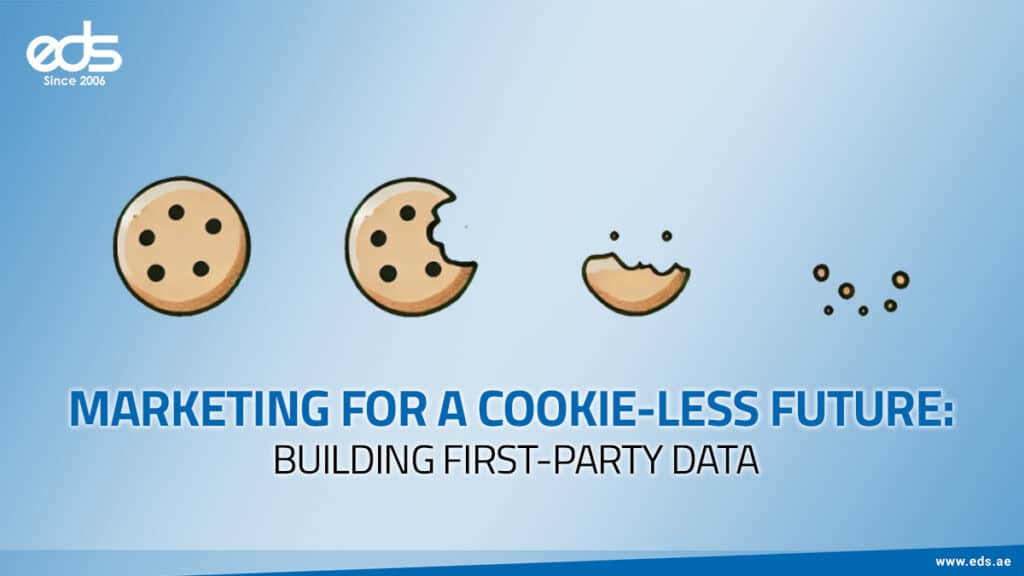As the digital world shifts, marketers face a pivotal transformation: the decline of third-party cookies. This change is driven by stricter privacy regulations and increasing user awareness. While this may seem like a challenge, it’s actually an opportunity to focus on first-party data, creating stronger customer relationships and more efficient marketing strategies.
Understanding First-Party Data
First-party data is information collected directly from your audience through your website, mobile apps, or other owned channels. This includes user behaviors, preferences, engagement metrics, and purchase history. Unlike third-party data, which is aggregated from multiple sources, first-party data is accurate, reliable, and provides a deeper understanding of your audience.
Why First-Party Data Matters
In a cookieless future, relying on first-party data brings several advantages:
- Personalized Campaigns: With insights into user behavior, you can tailor campaigns to specific audience segments, enhancing engagement.
- Stronger Customer Trust: Transparent data collection demonstrates respect for user privacy, fostering loyalty.
- Regulatory Compliance: Collecting data directly aligns with GDPR, CCPA, and other privacy regulations.
- Cost-Effective Insights: Utilizing your own data reduces reliance on paid data sources.
Additionally, combining first-party data with digital marketing strategies such as social media campaigns and video campaigns allows businesses to reach audiences more effectively in a privacy-first world.
Strategies to Build First-Party Data
- Optimize Your Digital Platforms
Ensure your website and apps are designed to capture meaningful interactions. Features like user accounts, surveys, and personalized recommendations can generate valuable insights.
- Leverage Advanced Analytics Tools
Tracking user engagement and behavior through analytics tools allows you to collect actionable data for smarter online advertising and campaign planning.
- Encourage Direct Engagement
Promote user interactions such as loyalty programs, contests, and feedback forms. Incentivizing participation can increase data collection while enhancing customer experience.
- Maintain Transparency and Security
Clearly communicate how user data will be collected and used, and implement robust security measures to protect personal information.
- Segment and Personalize
Analyzing the collected data helps segment audiences effectively. This enables targeted advertising campaigns, ensuring each message resonates with the intended group.
Overcoming Cookieless Challenges
Transitioning away from third-party cookies reduces tracking across sites. However, by focusing on first-party data, businesses maintain meaningful insights. Coupled with social media marketing, marketers can create campaigns that are both privacy-compliant and highly engaging.
Conclusion
A cookieless future is not just a challenge – it’s an opportunity to build more ethical, data-driven, and customer-centric marketing strategies. By prioritizing first-party data, businesses can deliver personalized experiences, foster trust, and comply with evolving privacy regulations. Adapting now ensures brands remain competitive in an increasingly privacy-conscious digital landscape.
Future-Proof Your Marketing – Connect with Us!
- 📞 Call: +971-4-5193444 – Let’s talk first-party data
- ✉️ Email: [email protected] – Share your ideas or questions.
- 🌐 Visit: eds.ae – Explore our digital marketing

